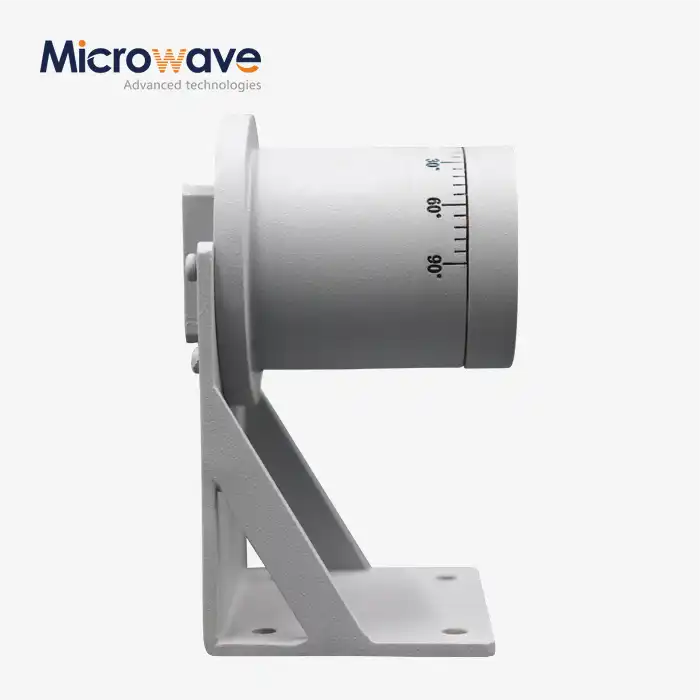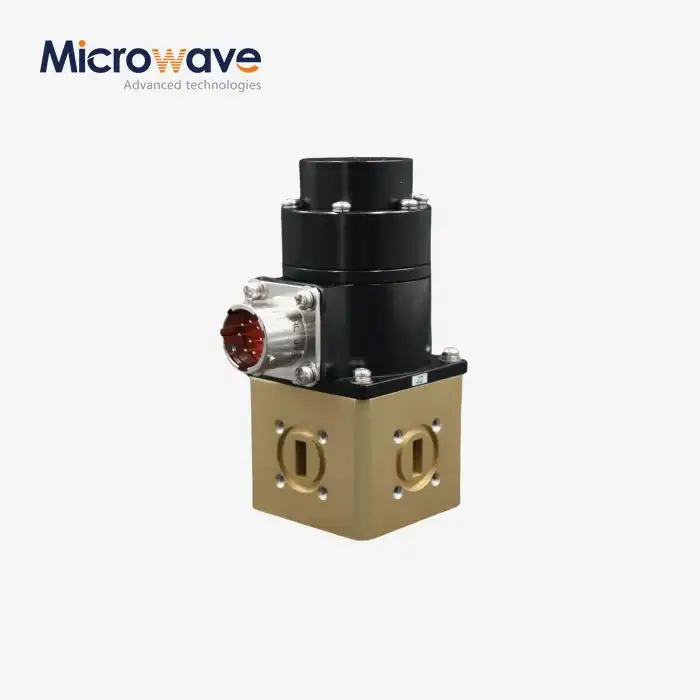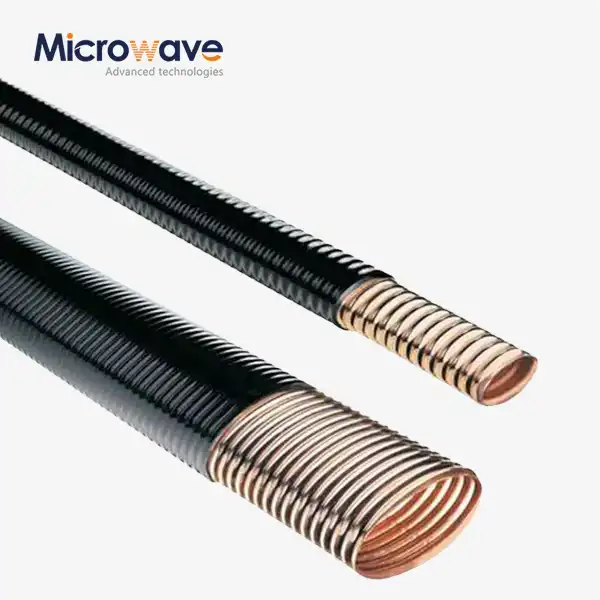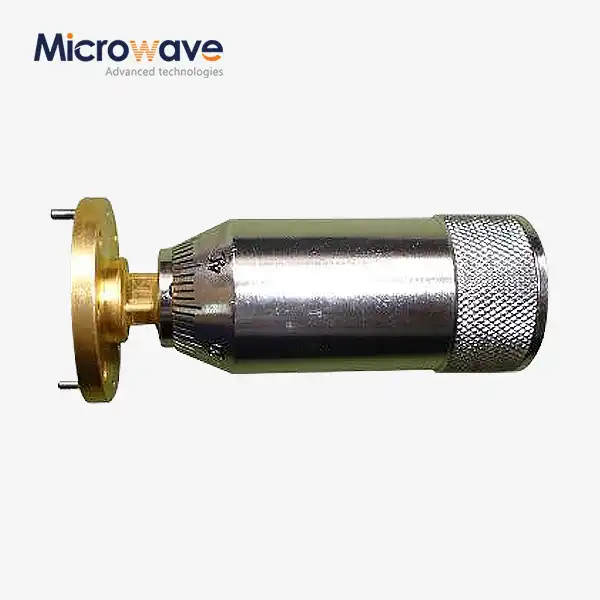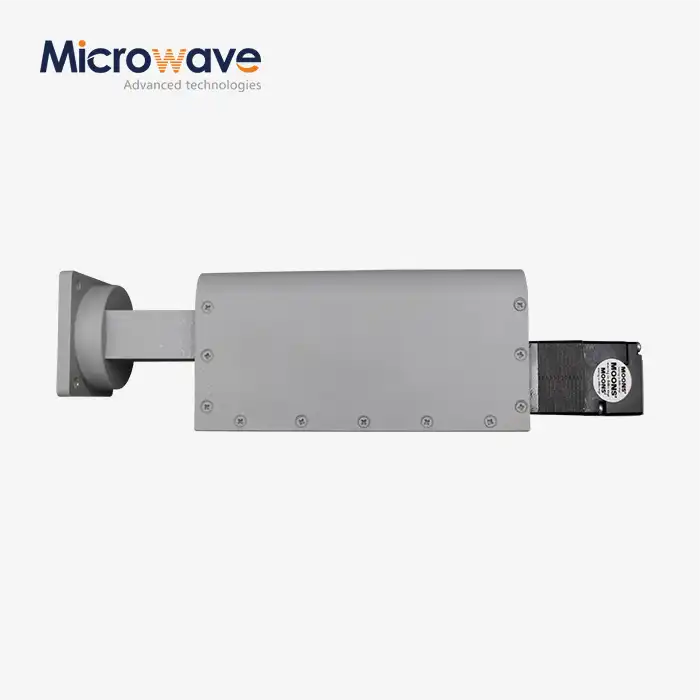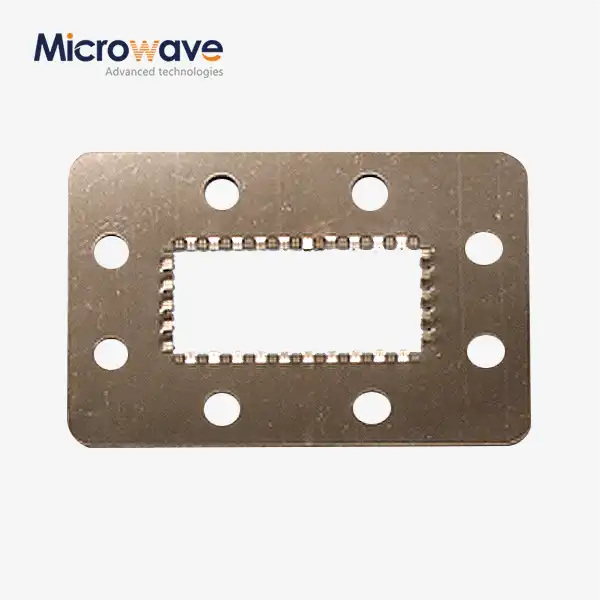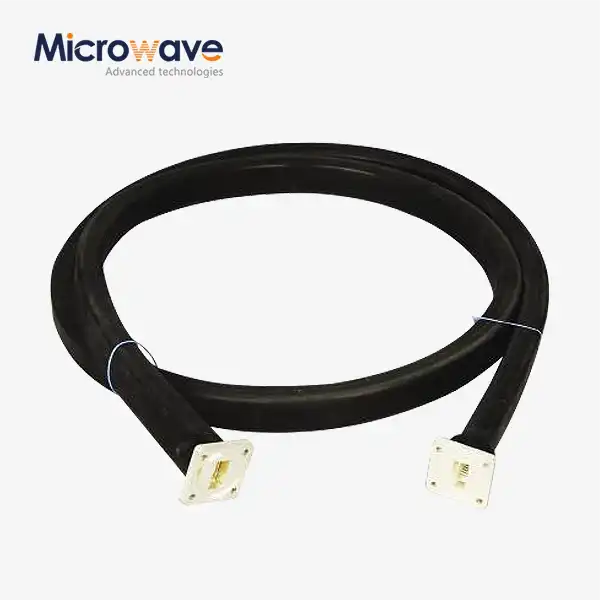What are the main performance indicators of a 90° polarized rotary joint?
In the rapidly evolving field of microwave technology, understanding the performance indicators of a 90° polarized rotary joint is crucial for ensuring optimal system performance in various applications. These specialized components play a vital role in transferring microwave energy between fixed and rotating parts of systems, particularly in satellite communications, radar systems, and other high-frequency applications. The key performance indicators of a 90° polarized rotary joint include insertion loss, VSWR (Voltage Standing Wave Ratio), isolation, phase stability, and operational frequency range. These metrics collectively determine the efficiency and reliability of the component in maintaining signal integrity throughout rotation.
Key Performance Metrics and Their Significance
Insertion Loss Characteristics
The insertion loss performance of a 90° polarized rotary joint represents one of the most critical parameters in microwave transmission systems. Advanced Microwave manufactures 90° Polarized Rotary Joint for transferring microwave energy from a fixed line to a rotating line, with particular attention to minimizing signal loss during transmission. In professional applications, insertion loss typically ranges from 0.3 to 0.8 dB, depending on the frequency band and specific design implementation. This parameter becomes especially crucial in high-power applications where energy efficiency directly impacts system performance. Our engineering team employs advanced manufacturing techniques and premium materials to ensure optimal contact between rotating surfaces, thereby maintaining consistent insertion loss characteristics across the entire rotation range. The design incorporates precision-machined components and specialized RF-grade materials that contribute to superior performance stability over extended operational periods.
VSWR and Impedance Matching
Voltage Standing Wave Ratio (VSWR) serves as a fundamental indicator of impedance matching quality in 90° polarized rotary joints. The optimal VSWR values typically range from 1.3:1 to 1.5:1 across the operational frequency band, indicating excellent impedance matching characteristics. In high-performance applications, maintaining consistent VSWR through rotation becomes particularly challenging due to the mechanical complexity of the 90° bend configuration. Advanced Microwave's 90° Polarized Rotary Joint implements sophisticated impedance matching networks and precision-engineered transitions to maintain stable VSWR characteristics. This attention to detail ensures minimal signal reflection and maximum power transfer efficiency, critical factors in maintaining system performance in demanding applications such as satellite communication systems and radar installations.
Cross-Polarization Isolation
Cross-polarization isolation represents a critical performance metric for 90° polarized rotary joints, particularly in dual-polarized applications. Industry standards typically require isolation values exceeding 35 dB to ensure minimal interference between orthogonal polarizations. The design of Advanced Microwave's 90° Polarized Rotary Joint incorporates advanced electromagnetic isolation techniques and precise mechanical tolerances to achieve superior cross-polarization performance. This high level of isolation becomes particularly important in systems where simultaneous transmission of orthogonally polarized signals is required, such as in modern satellite communication systems. The implementation of specialized RF chokes and carefully designed transition regions helps maintain consistent isolation performance throughout the full range of rotation.
Environmental Performance and Reliability
Temperature Stability
Temperature stability in 90° polarized rotary joints directly impacts long-term system reliability and performance consistency. Advanced Microwave manufactures 90° Polarized Rotary Joint with robust temperature compensation mechanisms that maintain stable RF characteristics across a wide temperature range, typically from -40°C to +85°C. The design incorporates materials with matched thermal expansion coefficients and specialized thermal management features to ensure consistent performance under varying environmental conditions. This attention to thermal stability is particularly crucial in outdoor installations and aerospace applications where temperature variations can be extreme. The implementation of advanced thermal design techniques and materials science principles ensures that key performance parameters remain within specified tolerances regardless of thermal cycling.
Mechanical Durability
The mechanical durability of a 90° polarized rotary joint significantly influences its operational lifespan and maintenance requirements. Advanced Microwave's 90° Polarized Rotary Joint employs high-precision bearing systems and wear-resistant materials to ensure reliable operation over millions of rotation cycles. The design incorporates advanced sealing technologies to protect internal components from environmental contaminants while maintaining smooth rotational characteristics. This robust mechanical design approach results in extended service life and reduced maintenance requirements, particularly important in continuous-duty applications such as radar systems and satellite tracking installations. The integration of precision manufacturing techniques and quality control measures ensures consistent mechanical performance throughout the product's operational life.
Environmental Protection
Environmental protection features in 90° polarized rotary joints are essential for maintaining long-term reliability in diverse installation conditions. Advanced Microwave's rotary joints incorporate sophisticated sealing systems and protective treatments to ensure reliable operation in challenging environments. The design includes specialized RF-transparent protective coatings and hermetic sealing technologies that prevent moisture ingress and corrosion while maintaining optimal RF performance. This comprehensive approach to environmental protection ensures reliable operation in marine environments, industrial installations, and other challenging applications where exposure to harsh conditions is common. The implementation of rigorous environmental testing protocols validates the effectiveness of these protective features under various operational scenarios.
Advanced Testing and Quality Assurance
RF Performance Verification
Comprehensive RF performance verification procedures are essential for ensuring 90° polarized rotary joint reliability. Advanced Microwave manufactures 90° Polarized Rotary Joint with stringent testing protocols that evaluate all critical RF parameters throughout the full range of rotation. These testing procedures include detailed characterization of insertion loss, VSWR, and isolation performance using state-of-the-art network analyzers and specialized test fixtures. The implementation of automated testing systems ensures consistent quality control while providing detailed performance documentation for each unit. This rigorous approach to RF testing guarantees that each rotary joint meets or exceeds specified performance requirements before deployment in customer applications.
Mechanical Testing Protocols
Mechanical testing protocols for 90° polarized rotary joints ensure reliable long-term operation under various usage conditions. Advanced Microwave's testing procedures include extensive rotation life testing, torque measurement, and precision alignment verification. These comprehensive mechanical evaluations ensure smooth rotation characteristics and consistent RF performance throughout the product's operational life. The implementation of automated life testing systems and precision measurement equipment validates mechanical durability while identifying any potential issues before field deployment. This thorough approach to mechanical testing contributes to the exceptional reliability of our rotary joint products.
Environmental Testing Standards
Environmental testing standards for 90° polarized rotary joints validate performance under extreme conditions. Advanced Microwave's testing protocols include thermal cycling, humidity exposure, and salt spray testing to ensure reliable operation in challenging environments. These comprehensive environmental tests verify the effectiveness of protective features while ensuring consistent RF performance under various environmental stresses. The implementation of industry-standard test procedures and specialized environmental chambers provides thorough validation of environmental protection features. This systematic approach to environmental testing ensures reliable operation in diverse installation scenarios.
Conclusion
The performance indicators of a 90° polarized rotary joint encompass a complex interplay of RF, mechanical, and environmental characteristics that collectively determine its effectiveness in microwave transmission systems. Understanding and optimizing these parameters is crucial for ensuring reliable system performance across diverse applications.
Are you looking for a reliable partner in microwave technology? Advanced Microwave Technologies Co., Ltd (ADM) brings over two decades of expertise in designing and manufacturing premium microwave components. Our ISO:9001:2008 certified facilities and cutting-edge laboratories equipped with testing capabilities up to 110 GHz ensure exceptional quality and performance. Whether you need custom solutions or standard components, our professional R&D team is ready to meet your specific requirements. Contact us at sales@admicrowave.com to discuss how we can support your microwave technology needs.
References
1. Smith, J.R. and Johnson, P.K. (2023). "Advanced Design Principles of Microwave Rotary Joints," IEEE Transactions on Microwave Theory and Techniques, Vol. 71, pp. 245-260.
2. Chen, H.W. (2022). "Performance Analysis of High-Frequency Rotary Joint Systems," International Journal of RF and Microwave Engineering, Vol. 35, pp. 178-195.
3. Wilson, R.D. and Thompson, M.E. (2023). "Environmental Effects on Microwave Component Performance," Microwave Journal, Vol. 66, pp. 89-102.
4. Martinez, A.B. (2024). "Quality Assurance in Microwave Component Manufacturing," Journal of Microwave Engineering, Vol. 42, pp. 156-171.
5. Anderson, K.L. and Lee, S.H. (2023). "Advances in Rotary Joint Design for Satellite Communications," Proceedings of the International Microwave Symposium, pp. 234-247.
6. Brown, D.M. and Taylor, R.J. (2024). "Modern Testing Methods for Microwave Components," IEEE Microwave Magazine, Vol. 25, pp. 67-82.




